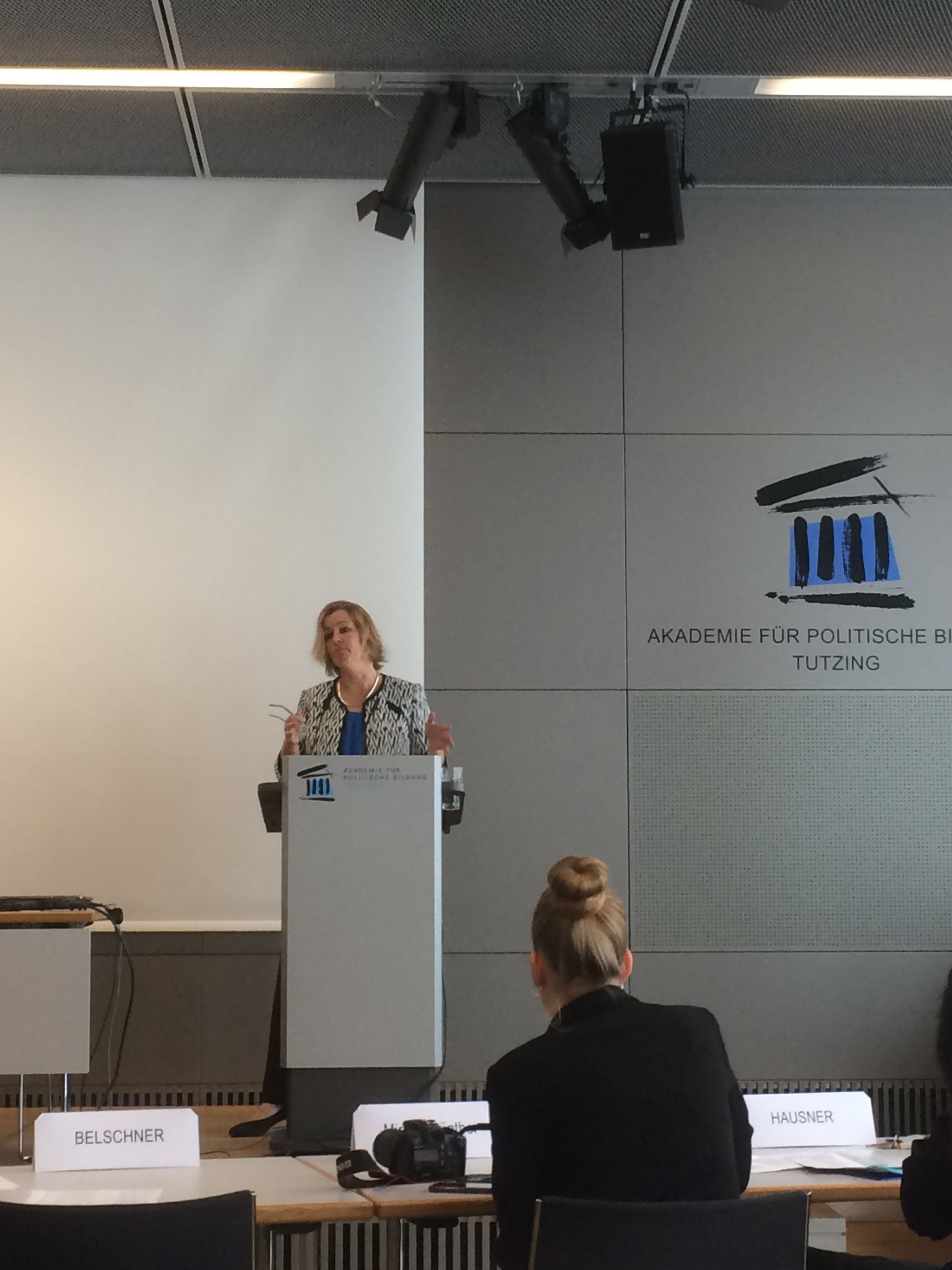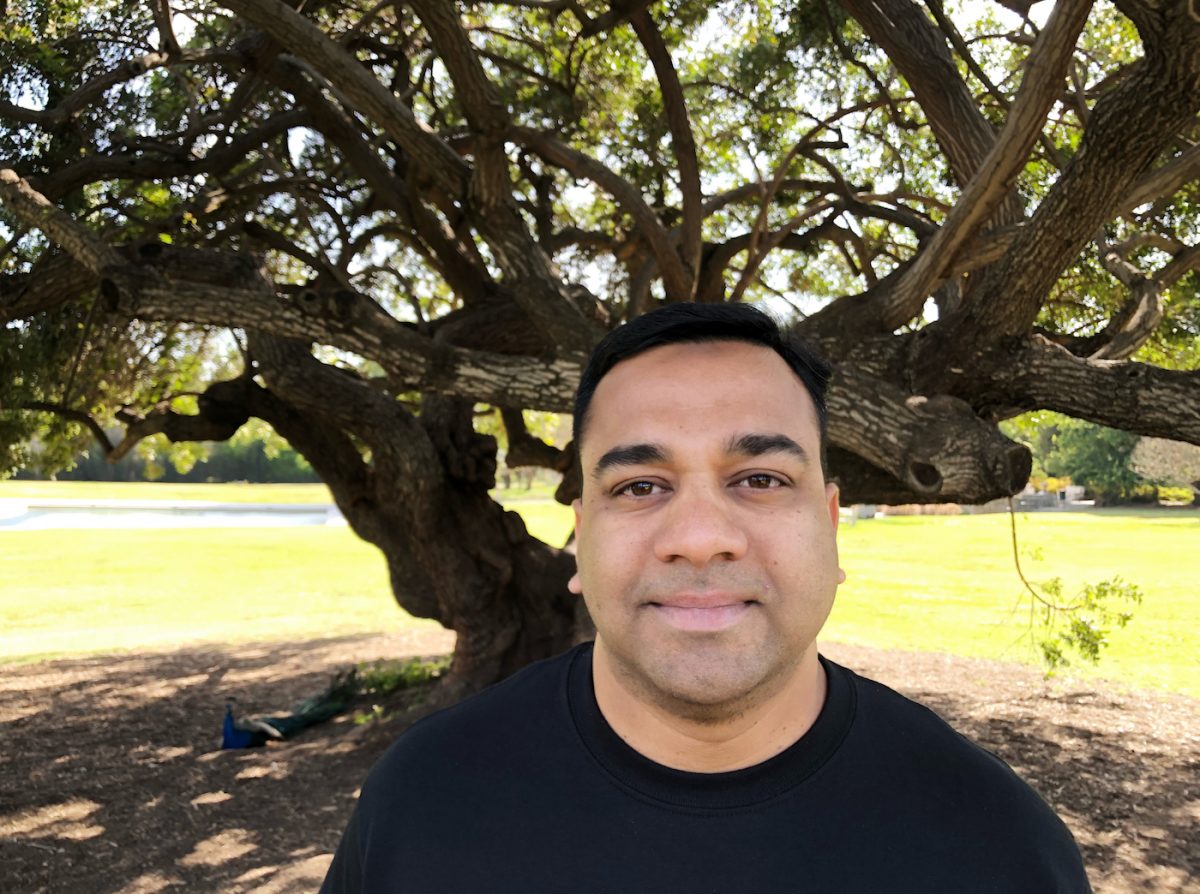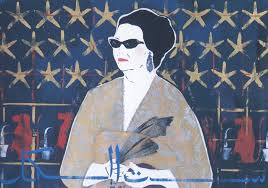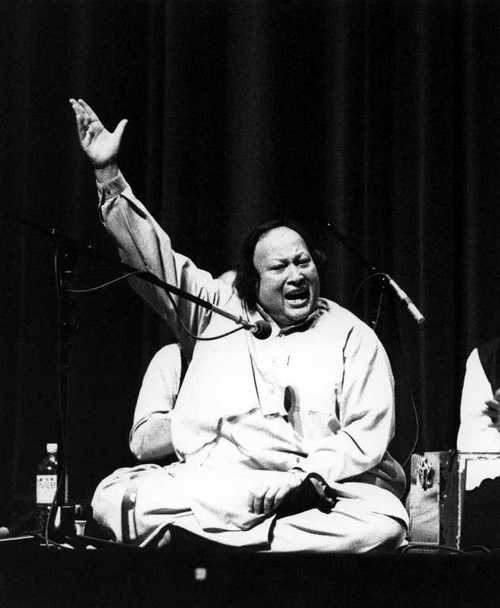Last week, I was in Munich, attending a conference organized by the Institut fur Politisch Bildung, a German think-tank and Virginia Tech (my alma mater). The three day visit was overwhelmingly positive, except for a visit to the Dachau Concentration camp, which left me drained, emotionally. Regardless, here is a quick synopsis of some of the key points made by Kelly T Clemens, Depy. Director, UNHCR, who was one of the speakers.
- “Statistics are stories with tears dried off.” Stats do tell a story. Just 8 yrs ago, there were 42 mn forcibly displaced people. Afghan and Iraqi were about half (doesn’t include Palestinians). 75% resided in the neighboring countries of origin. Two years later, in 2012, this went up to 45 mn- by 2014, 60 mn and some of the same populations. We just published mid-year trends in 2017. 67 million now. The trends we have seen are clear and unambiguous. Old conflicts have festered and Somalia and Afghanistan have been major senders. New conflicts have erupted, including Syria, which led to new displacements. 2017 saw Myanmar’s Rohingya leaving. The situation in 2018 is not different.
- Millions leave and are struggling in the margins. Minara, who I met in Bangladesh; walked for three weeks (1 yr old baby). Had lost her husband. The story of her flight is terrible. She and her husband were chilli farmers. It’ll be challenging for her to restart her life. This is a lesson we have learnt. Apart from physical safety, it impacts their ability to begin to reestablish socio-economically. Refugee crisis in 2015, it is impossible not to refer to Syria.
- UNHCR, working with over 1000 partners, registerd 1 mn March 2015 and 4 mn by 2015. Today, its over 5.5 mn refugees. By hosting countries, neighbours provided global good (Syria’s neighbors). They granted people to enter local and national job opps. In most cases, they are not partners of 1959 Geneva conventions . We helped with setting up camps only where necessary and provided support shelter, aid and sanitation.
- We also gave cash registration instead of in kind. Innovative solutions, in addition to traditional. We work with World Bank and other partners, to identify the most in need and embraced digital platforms, web based systems and other platforms.
- Faith- based groups run by refugee groups are modern day echo of megaphones to refugees. Alongside, there is recognition of challenges to countries.
- We work with UNDP, regional local UN resilience plan. With World Bank, Poverty and Welfare study.
- Turkey has spent $8bn. UNHCR advocated funding to host countries. Can we provide concessional financing to Jordan, other countries? Concessional financing facilities. Inspite of generous response, at least to allow partial funding.
- The appeal we have launched, only 41% support. Cuts in food aid for thousands. Thousands left out of cash funds. Lost access to healthcare. Many adults were forced to beg, etc.
- In Jordan, new identity docs required too much money to pay. Limited education opps, were also factor. 90K students unable to access education in school. Lack of security for people in their own country was the major cause to leave.
- ElSalvador and Honduras unspeakable violence. Gang violence and extortions. Flee to Mexico. Cash based support from UNHCR. What was clear from dozens of stories, we heard that they needed protection and aid. Their stories were not separated from socio-eco lives.
- People resort to different and more dangerous routes. How do we advise asylees to seek help? It was one of the most frustration operations have experienced.
- The 2015-16 left a profound impact on European systems. We can speak of pre-and post 2016. Populatinos have shown commitment to host refugees. New partners have been formed, down to municipalities, NGOs and govt. A broad commitment has provided a holistic system. A contribution to help refugees, designed to make their lives better.
- NY Declaration– 129 countries adopted a declaration to protect people from all countries. It helps support people. Through this declaration, states have adopted robust measures to help fleeing people and a call for global solidarity. Intl responsibility sharing. Incorporates strong calling for solutions and need to address root causes and help resolve conflicts through peaceful means. Annex 1 mandated us to have a comprehensive refugee response network.
- Four aims in 13 countries, to ease pressure on hosts and expand access to third country. Voluntary return in safety and dignity and covers entire cycle.
- We have central lab in Central America who are driving the cause and strong network of countries in Horn of Africa, who want to take this on and interest from Asia as well. Applied from diverse range of actors and NGO actors. Our work in these countries has led to inclusion of eco. For refugees. Taking a step back, what’s diff now? First, it’s a political statement that we should engage more comprehensively and secondly, this response clarifies that humanitarian
 action alone is not enough We need political and development efforts. Addresses root causes and requires us to consider refugees not in isolation but as part of communities.
action alone is not enough We need political and development efforts. Addresses root causes and requires us to consider refugees not in isolation but as part of communities. - Calls upon us to rely on private sector. Particularly, since 2015, engagement of World Bank and $2bn for refugees has been monumental.
- Djibouti – new refugee law – to settlement approach. Ethiopia too, to implement programs A roadmap driven by PM around large-scale employment. Removing encampment policies to have free movement of people.
- Somali region – 200,000 people in Ethiopia – local community was struggling. Ethiopian govt has kept borders open and this has happened over decades and inspite of difficulties, hosts and refugee countries are working together to grow crops and help themselves. Private sector, through IKEA foundation, to irrigate farm lands etc. they have built schools that include both hosts and refugee kids. Also, renewal energy to save planet. Excellent example.
- Uganda – coordinating mechanism place. Key role, to help sustainable response. Help other stakeholders in place. In addition to philanthropy, private sector are being tapped.
- 3 countries accounting for major refugees hosting, other countries in the global North and South need to do more.


